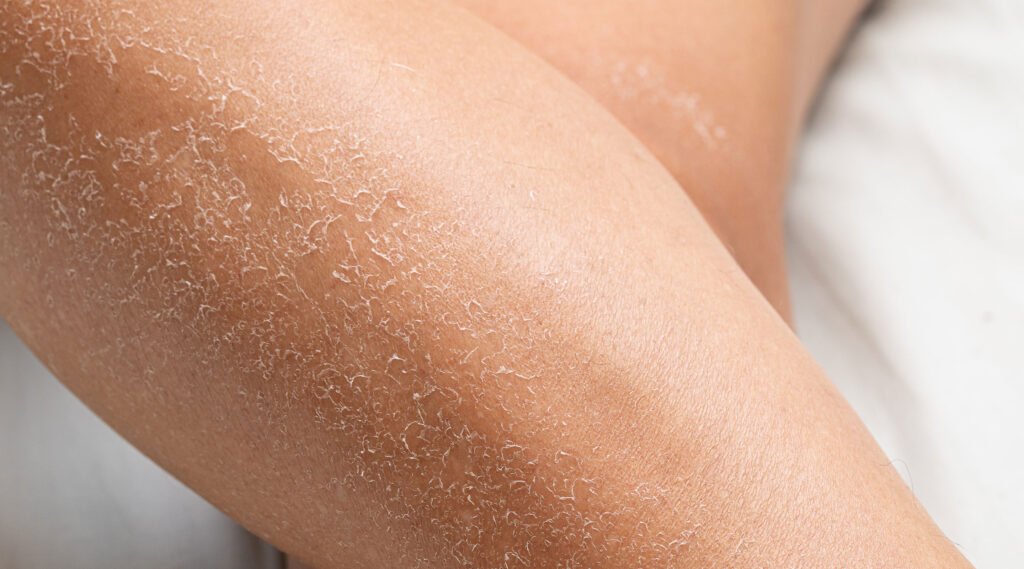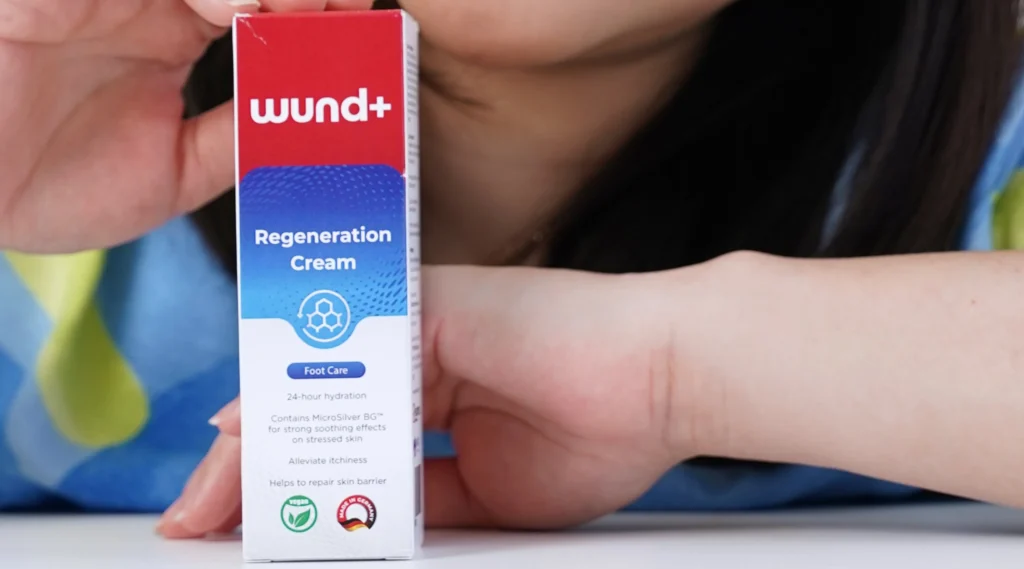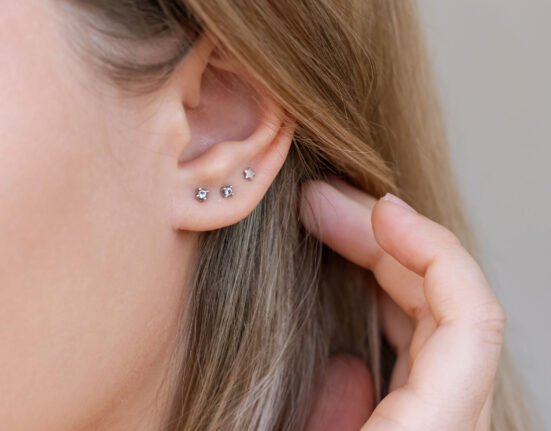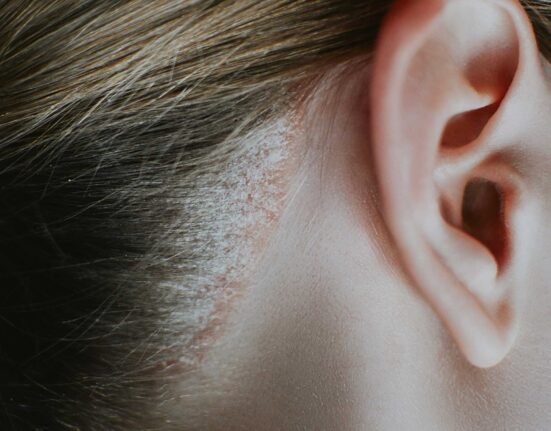Hydrating the skin and moisturizing are often mentioned together when choosing skincare products. They may sound similar.
They are often used interchangeably—but in fact, hydrating and moisturizing the skin are two different things, even though both aim to keep your skin healthy, soft, and supple.
Understanding the difference is important so you can identify what your skin truly needs: hydration, moisture, or both.
Hydrating the Skin: How It Adds Water to Skin Cells
Just like the body needs water to function properly, your skin also needs hydration to stay soft and elastic.
Hydration means increasing the water content in skin cells. When your skin is well-hydrated, the cells plump up, making your skin look fresh, smooth, and radiant.
On the other hand, dehydrated skin appears dull, tight, and uncomfortable. This condition—called skin dehydration—can happen to all skin types, even oily skin.
Hydrating products usually contain humectants, ingredients that attract and retain water in the skin’s layers. Common humectants include glycerin, hyaluronic acid, and urea.
These ingredients act like water magnets, drawing moisture from the air or deeper layers of the skin and locking it in to keep your skin hydrated from within.
Moisturizing the Skin: Locking in Water to Prevent Evaporation
Once your skin is hydrated, the next step is to make sure that the water doesn’t evaporate. That’s where moisturizers come in.
A moisturizer creates a protective barrier on the surface of the skin to prevent water loss. It also helps repair the natural skin barrier, which can be damaged by sunlight, cold weather, or harsh soaps.
Moisturizers typically contain emollients and occlusives.
- Emollients (such as natural oils, ceramides, or shea butter) smooth the skin and fill in gaps between cells.
- Occlusives (such as petrolatum and dimethicone) form a layer that locks in water and prevents evaporation.
Without a moisturizer, the water your skin absorbs from hydrating products can quickly escape, leaving your skin dry and tight again.
Hydrating The Skin and Moisturizing: A Perfect Combination

Think of hydration as the water inside a container, and moisture as the lid that keeps it from spilling out.
They work hand in hand. If you only use hydrating products without a moisturizer, the water will quickly evaporate.
Conversely, applying only a moisturizer to dehydrated skin will give a temporary soft feeling, but your skin will still look dull and feel tight.
Healthy skin needs both hydration from within and protection from the outside.
Hydrating The Skin and Moisturizing Products to Keep Your Skin Soft

One product designed to deliver both benefits is wund+™ Regeneration Cream.
This cream is specially formulated for dry skin, especially for people with diabetes who often experience cracked and rough skin on their feet.
With seven intensive moisturizers, this cream helps hydrate the skin from within while maintaining moisture for up to 24 hours.
Its Moisture Lock technology traps water in the skin’s layers, keeping it soft and smooth for longer.
It not only hydrates but also soothes dry and irritated skin, leaving it comfortable and healthy again.
Hydrating The Skin and Moisturizing: What Does Your Skin Really Need?
You can tell by observing your skin:
- Dehydrated skin looks dull, tight, and may show fine lines or “micro-wrinkles.”
- Dry skin feels rough, flaky, or itchy.
If your skin feels both dull and dry, it likely needs both hydration and moisture.
Hydrating adds water to the skin, while moisturizing locks that water in.
Both steps are essential for maintaining healthy skin—especially if you’re often exposed to sunlight, air conditioning, or extreme weather.
Use products that provide both hydration and moisture, like wund+™ Regeneration Cream, to keep your skin soft, healthy, and radiant all day long.
References
Healthline. Accessed in 2025. Hydrating and Moisturizing Aren’t the Same for Your Skin — Here’s Why
Medical News Today. Accessed in 2025. Hydration vs Moisture.














Leave feedback about this